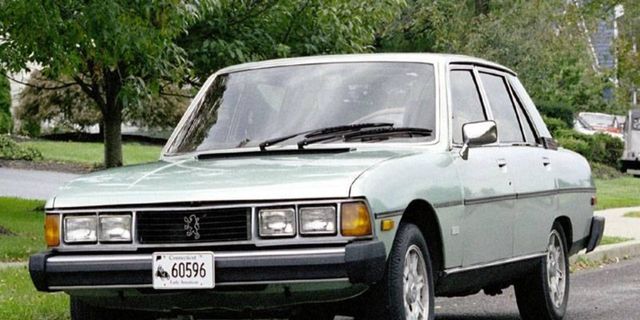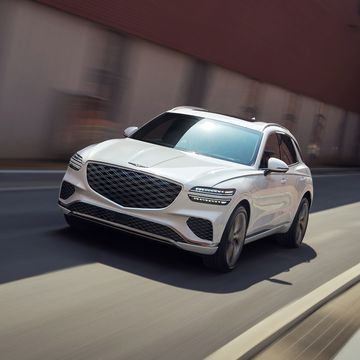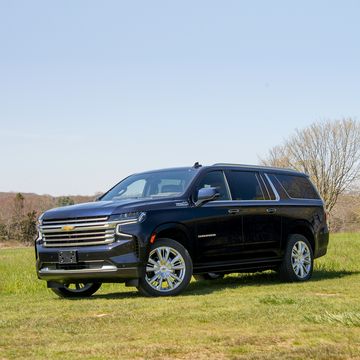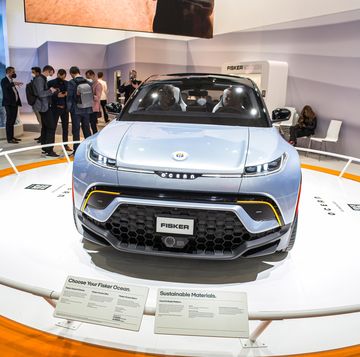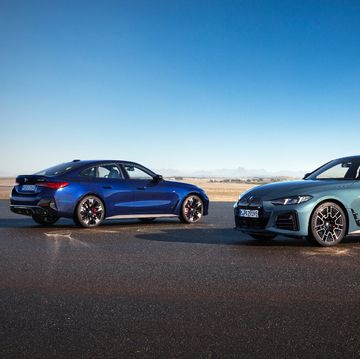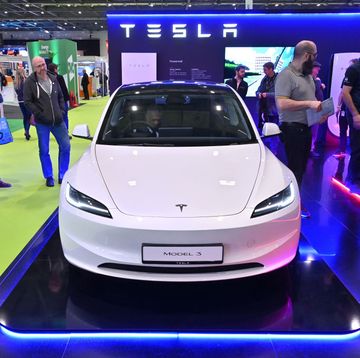In the late 1970s and early 1980s, few Americans considering a European six-cylinder sedan noticed that the Peugeot 604 was on the list of possible choices.
Peugeot’s U.S. presence was quiet enough that many could not pronounce its name, despite its near-worldwide reputation and popularity. U.S. sales officially began in 1958 with the 403, a 105-inch-wheelbase sedan that resembled the contemporary Mercedes-Benz 190 in size, shape and performance. They differed in engines, suspensions and economics—at $3,431, the 190 cost more than half again the $2,175 price of the 403. In its first year here, Peugeot sold 6867 examples; in 1959, it reached 15,787. Mercedes was importing several models, yet its figures were 7404 in 1958 and 12,071 in 1959.
The numbers persuaded Peugeot to remain in the American market. Although its cars were sometimes described as “French Mercedes,” Peugeot never developed a Mercedes-like presence. Its German competitor built identity and influenced automotive trends as Peugeot soldiered on in the United States. By the mid-1970s, Peugeot’s 504 was a quality car saddled with truly odd styling and such amusing curiosities as a left-hand ignition switch, right-hand turn signals and headlight controls on a left-hand stalk that looked as if it controlled the turn signals.
When the 604 arrived here in 1976, it perpetuated some of the quirks, but as Peugeot’s flagship, it was a much different car. The boxy 604 looked nothing like the rounded 504. It was slightly larger, with a cavernous interior as opposed to the 504’s merely large cabin, and it had a new engine. Jointly developed with Renault and Volvo, the carbureted 2.6-liter V6 developed 133 hp and was certainly adequate, given that the 504’s 2.0-liter, 88-hp four was painfully slow in American trim. A 504 did 0 to 60 mph in about 20 seconds; the 604 took about 14.
The 604 wasn’t without problems, though, and notorious fuel consumption almost kept Dakota Walmsley from purchasing his 1979 sedan. A friend had bought it when its elderly owner stopped driving, and Walmsley knew the car but hesitated at its 13 mpg.
“When I realized what I’d be missing— this cream puff of a car that only had 48,000 miles on it—I said, ‘I only live once,’ ” Walmsley explained. “It was the car that the family I’d lived with while studying in France had, so I said, ‘Okay, I’m going to do it.’ ”
He bought the 604 in 2005. It’s mostly original, even down to a dealer sticker, so Walmsley needed to do little beyond detailing it and replacing belts and hoses. The 604 is so tight that it emits almost no body or road noise, combines an imperturbable ride with surprisingly accurate handling and probably drives as it did 27 years ago. Steering is precise, and although the steering wheel’s angle is unusual, it’s comfortable and offers the right resistance. The 604’s GM automatic shifts undetectably unless pushed hard, and although 133 hp in a 3300-pound car isn’t much in 2007, the 604 need not stay in the right lane.
American regulations required swapping the 604’s European composite headlights for dual rectangular sealed beams—an unattractive change—and adding larger bumpers. Neither those modifications nor the several inherited peculiarities of the brand offset the real reason to have bought a 604: Peugeot exceeded “French Mercedes” with a package so inviting and comfortable that no trip lasts long enough.
“It was the way to see France,” Walmsley recalled. “Rolling hills, fields, yellow fields of beautiful flowers, comfortable all the time, and the car had enough power to pass anything in its path. I thought, ‘Wow.’ I thought, ‘Someday.’ And here we are.”
Luxury and performance weren’t enough, Peugeot learned, and the 604 was dropped at the end of 1984. Peugeot left the American market seven years later.
